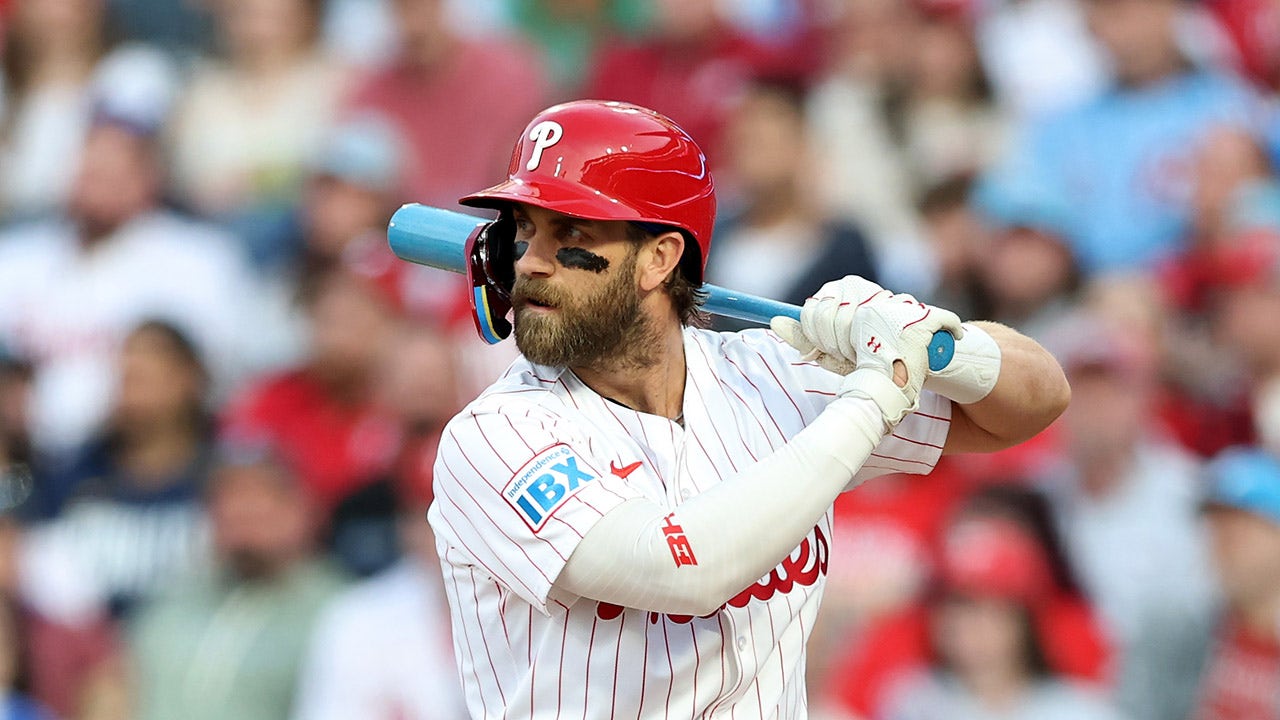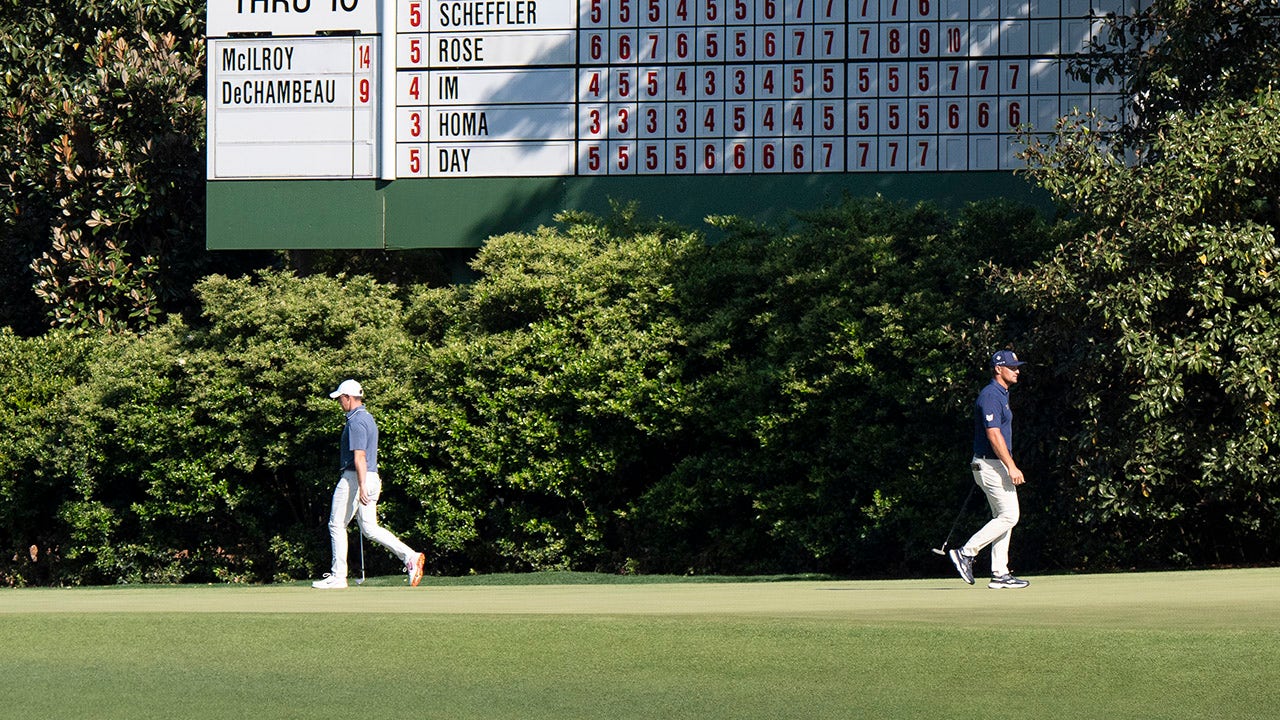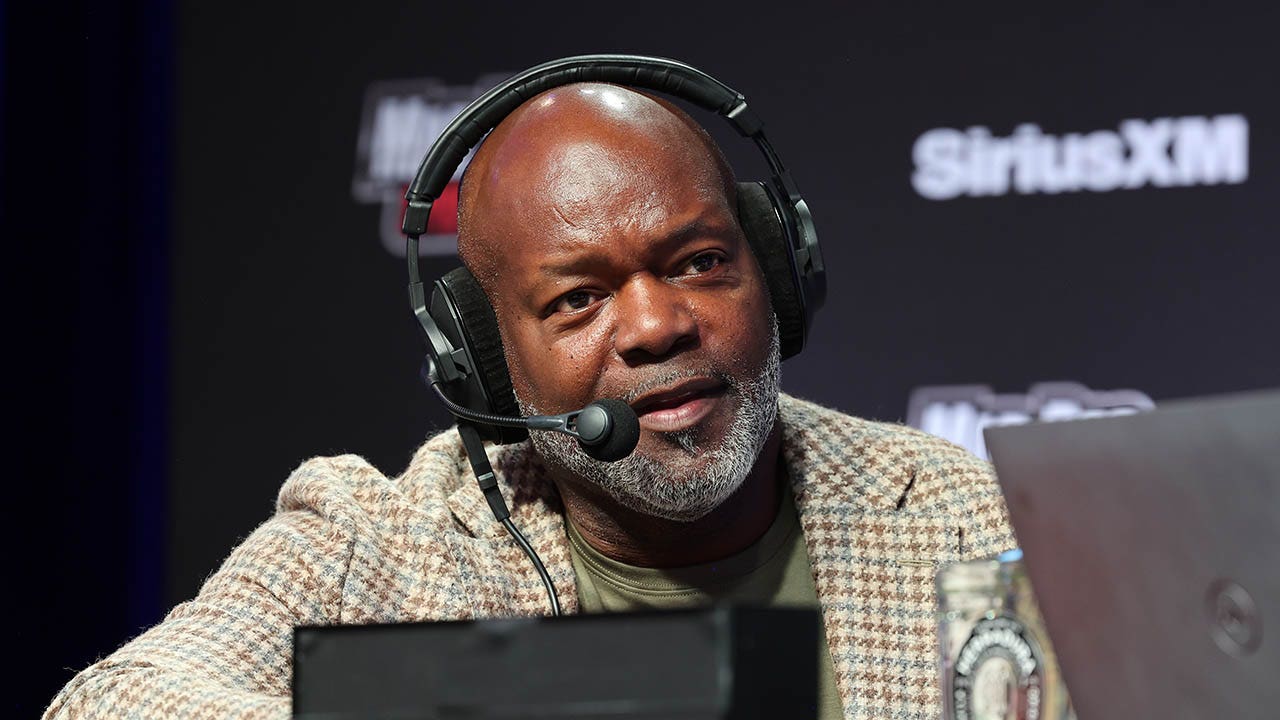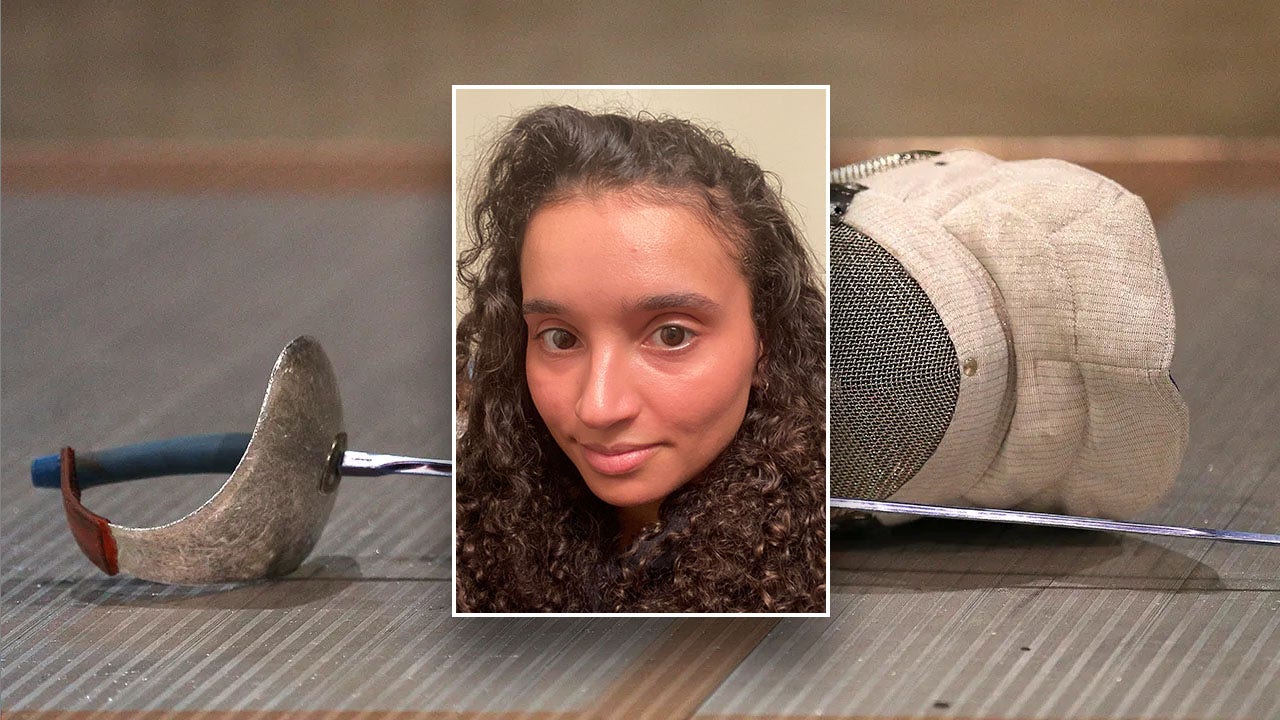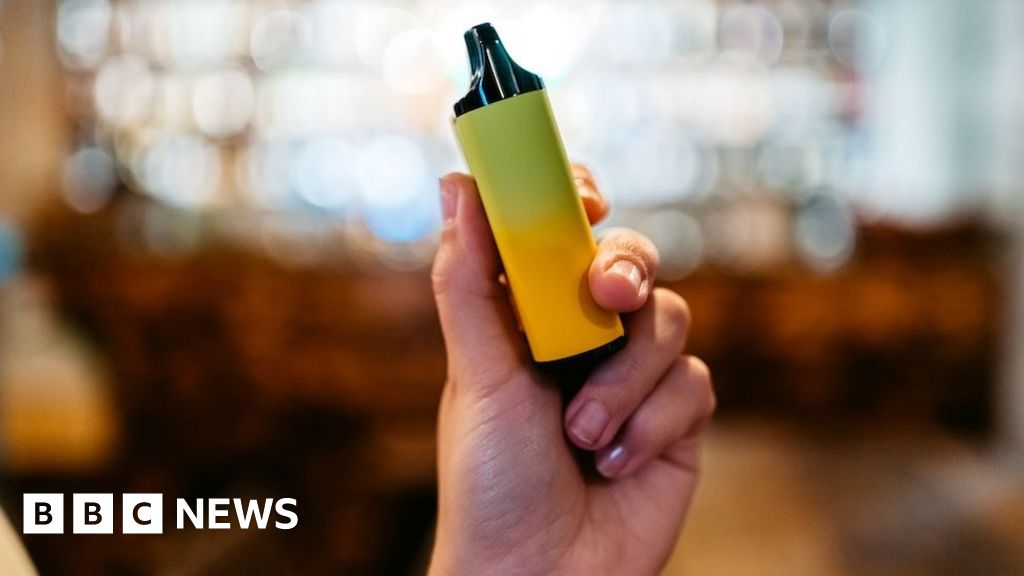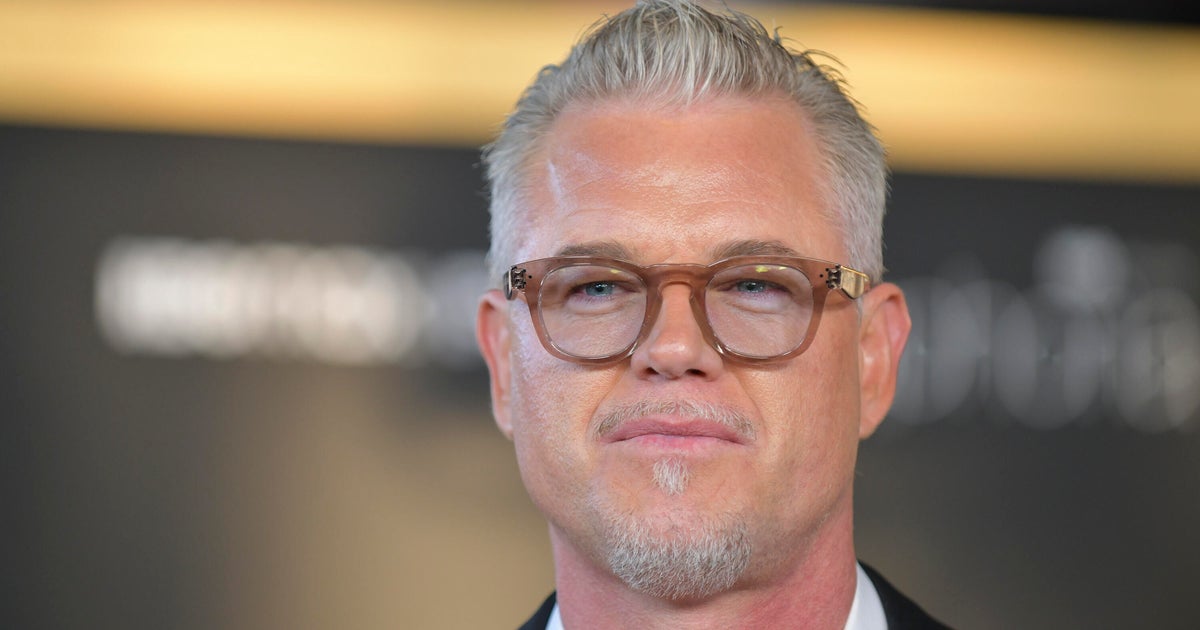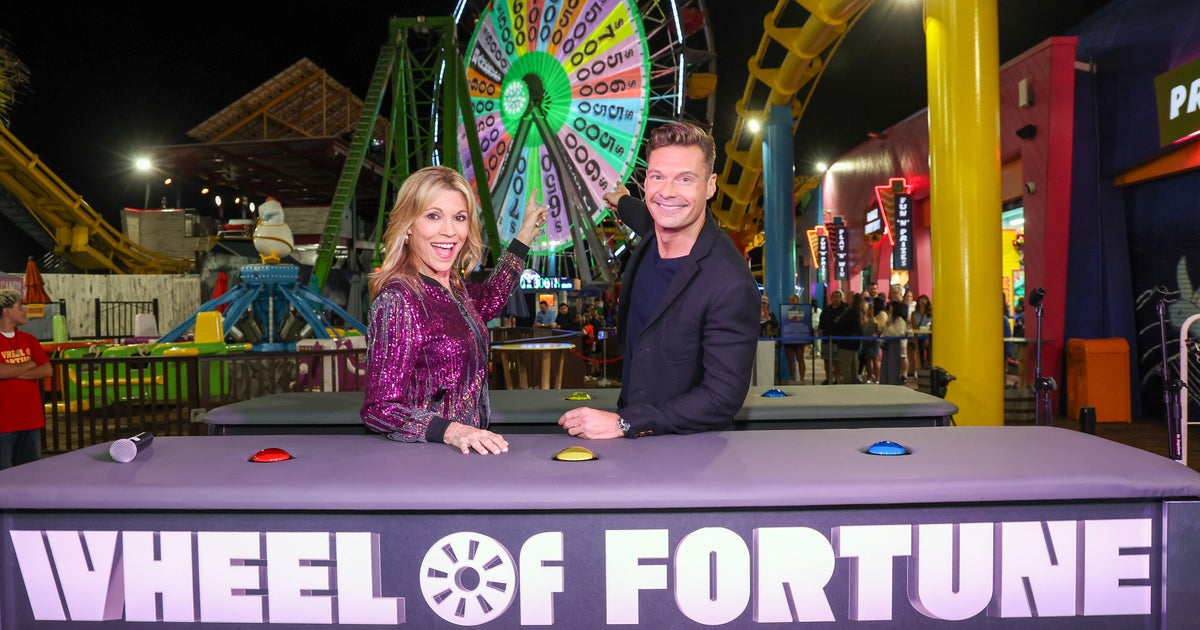Despite the raging war in Ukraine that was prompted by Moscow’s invasion last year, the peninsula remains a hugely popular tourist destination for Russians. But the targeted explosion spooked many, and led to a rush of Russians snarling traffic on the other main route out of Crimea and through Ukrainian territory occupied by Russia.
Moscow officials angrily dubbed the strike an act of “terror,” even as they have spent the better part of a year-and-a-half raining indiscriminate fire upon Ukrainian civilian population centers. It was the second successful Ukrainian attack on the bridge, a 12-mile structure erected by Russia in 2018 as its sole land link to the peninsula. When the structure was inaugurated five years ago, Russian President Vladimir Putin drove across it in an orange truck and extolled the feat of its construction.
“In different historical epochs, even under the tsar priests, people dreamed of building this bridge,” Putin told bridge workers at the opening ceremony. “Then they returned to this [idea] in the 1930s, the ’40s, the ’50s. And finally, thanks to your work and your talent, the miracle has happened.”
Now, that miracle is yet another piece of Russia’s strategic nightmare in the sprawling war with its neighbor. “Kyiv’s navy and special forces carried out the nighttime attack, in which drone boats blew up part of the structure,” my colleagues reported. “Ukrainian officials also reasserted their right to target the crossing because of its use in transporting military supplies.”
Just hours after the strike, Kremlin officials announced they would no longer be participating in the U.N.-backed Black Sea grain deal — a threat the Kremlin had been floating leading up to the deal’s Monday expiration. The pact, which freed Ukraine’s major agricultural exports, especially its wheat, from Russian blockade, is perhaps the most important diplomatic breakthrough achieved by the international community over the course of the conflict. But the Kremlin has wielded its ability to cut off these exports to leverage its own position, and has complained that it did not see enough movement on the West’s end to open up pathways for Russia’s own fertilizer and grain exports nor link its agricultural sector back up with the international SWIFT payment system.
“The grain deal agreements have been de facto stopped,” Dmitry Peskov, the Kremlin spokesman, said in a call with reporters Monday. “Unfortunately, some of the agreements concerning Russia have not yet been fulfilled, so the deal is being terminate.”
In dismay, U.N. Secretary General António Guterres tweeted that, as a result of this termination, “hundreds of millions facing hunger and consumers confronting a global cost-of-living crisis will pay the price.”
U.S. officials blasted Moscow for the move. “The result of Russia’s action today — weaponizing food, using it as a tool, as a weapon in its war against Ukraine — will be to make food harder to come by in places that desperately need it, and to make prices rise,” Secretary of State Antony Blinken told reporters in Washington. “The bottom line is, it’s unconscionable.”
Ukraine is in the midst of a grinding counteroffensive to take back territory seized by Russia in the south and southeast of the country. Though it did not receive a clear timeline for membership in NATO at a major summit last week, the Western military alliance’s governments rallied around Kyiv’s cause and promised significant long-term aid in its resistance of Russia’s invasion. Ukraine’s leaders have for months stressed that their main goal is the liberation of all their lost territory, including Crimea. At a sideline event before the NATO meetings in Vilnius, the Lithuanian capital, attendees participated in a “rehearsal of a beach party in Crimea.”
The current campaigns are still falling considerably short of that target, with Ukrainian forces bogged down in some areas by a vast maze of minefields laid by their Russian opponents. This is especially vexing on the southern front in Zaporizhzhia province, where a Ukrainian break through the Russian lines would mark a definitive swing in the arc of the war.
“The depth and density of the minefields are particular challenges along the southern Zaporizhzhia front line, where the Russians widely expected the Ukrainians to assault and attempt to sever a land corridor across the occupied region that connects the Russian border to Crimea,” my colleagues reported last week. “The area’s terrain is largely sprawling, open fields with few places for the Ukrainians to camouflage their larger equipment and vehicles. And the Russians chose the high ground for their positions.”
In the meantime, Kyiv will continue to plot ways in which to target Russian military assets in Crimea and project its power over the peninsula. Some outside analysts and commentators — not least U.S. foreign policy doyen Henry Kissinger — have urged Ukraine to concede the peninsula as part of a negotiated settlement to the war. Ukrainian officials balk at such suggestions.
“International law clearly says that Crimea is an integral part of Ukraine,” Emine Dzhaparova, Ukraine’s deputy foreign minister, told me in an interview in May where she pushed back against foreign calls to concede the peninsula to Moscow. “Ukraine will define the way it fights for Crimea and how it brings back Crimea.”
Other experts believe a military campaign for Crimea is the best strategy for a resolution to the war. “Putting serious pressure on Crimea is the fastest way to end the war on conditions acceptable to Ukraine,” Jon Herbst and Daniel Fried of the Atlantic Council wrote in a Washington Post op-ed. “Kyiv does not want a negotiated cease-fire that Moscow would exploit to rearm and resume the war at a more propitious time. Only this kind of ringing defeat will force Russia to finally accept Ukraine as a fully sovereign state.”












